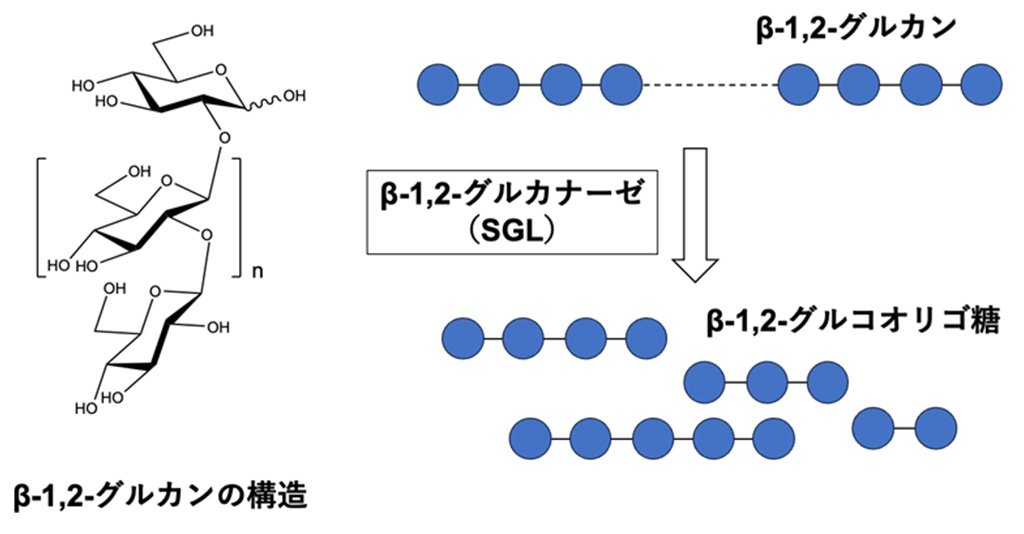2025-06-10 熊本大学

熊本大学などの研究チームは、ショウジョウバエを用いた研究で、新規母性因子「Tpp」がpiRNA産生を促進し、PIWIタンパク質Aubの生殖質への局在を助け、生殖細胞形成を支える仕組みを明らかにした。Tpp欠損によりpiRNA量が減少し、Aubの生殖質局在が不全となって生殖細胞数が減少。さらに、piRNAはトランスポゾン抑制に必要な量以上に産生され、子世代のゲノム防御にも関与する「情報記憶媒体」として機能している可能性が示唆された。これにより、piRNA経路がゲノム保護と生殖細胞形成をつなぐ重要因子であることが示された。
<関連情報>
- https://www.kumamoto-u.ac.jp/whatsnew/seimei-sentankenkyu/20250610
- https://www.kumamoto-u.ac.jp/daigakujouhou/kouhou/pressrelease/2025_file/release250610.pdf
- https://www.pnas.org/doi/10.1073/pnas.2419375122
ショウジョウバエGTSF1ホモログTppによる豊富なπRNA産生が、茄子の局在と生殖原形質集合を確実にする Abundant piRNA production mediated by the Drosophila GTSF1 homolog Tpp ensures Aubergine localization and germ plasm assembly
Hirono Kina, Natsuko Izumi, Kazuko Hanyu-Nakamura, +4 , and Akira Nakamura
Proceedings of the National Academy of Sciences Published:June 10, 2025
DOI:https://doi.org/10.1073/pnas.2419375122
Significance
Germ cells maintain the species’ genome across generations. PIWI-interacting RNAs (piRNAs) silence transposons using the information of previously invaded transposons, thereby contributing to genome integrity. In the Drosophila ovary, one of the PIWI proteins, Aub, is critical for germ plasm assembly and subsequent piRNA partitioning to the offspring’s germline. In ovaries lacking Tpp, a maternal factor, piRNA production is reduced and Aub localization to the germ plasm is defective, resulting in impaired germ cell formation. Nevertheless, most transposons remain silenced. Therefore, germ cells will only develop when piRNAs are produced in abundance, exceeding the level required for transposon repression. Consequently, the germ plasm contains sufficient piRNAs to comprehensively cover transposon information, thereby ensuring genome integrity in the progeny germline.
Abstract
Germ cells transmit genetic information to offspring and maintain the genome of the species. In many animals including Drosophila, germ cell formation relies on maternal determinants in the germ plasm. Several proteins present in the germ plasm of oocytes also localize to the perinuclear nuage in nurse cells, where they contribute to the production of PIWI-interacting RNAs (piRNAs). These piRNAs guide the silencing of transposons, thereby protecting the germline genome from invading mobile elements. Aubergine (Aub) is a germ plasm/nuage protein and a piRNA-directed endonuclease that inactivates transposons. Aub is also essential for germ plasm assembly. The Aub-bound piRNAs in the germ plasm are inherited by the progeny germline and serve as templates for piRNA biogenesis in the next generation. Thus, piRNA production in the nurse cell nuage is thought to be coordinated with germ plasm assembly in the oocyte. However, the underlying mechanism remains unclear. Here, we report that a maternal factor, named tiny pole plasm (tpp), mediates this coordination. Tpp is a GTSF1 family PIWI cofactor. In tpp– ovaries, the production of piRNAs, particularly Aub-bound piRNAs, is defective, resulting in reduced Aub localization to the germ plasm and impaired germ cell formation. Notably, the levels of piRNA production required for proper Aub localization are much higher than those required for transposon silencing. We propose that producing abundant piRNAs beyond what is required for transposon silencing in the ovary promotes germ plasm assembly, thereby enabling the progeny germline to properly silence transposons for species survival.


